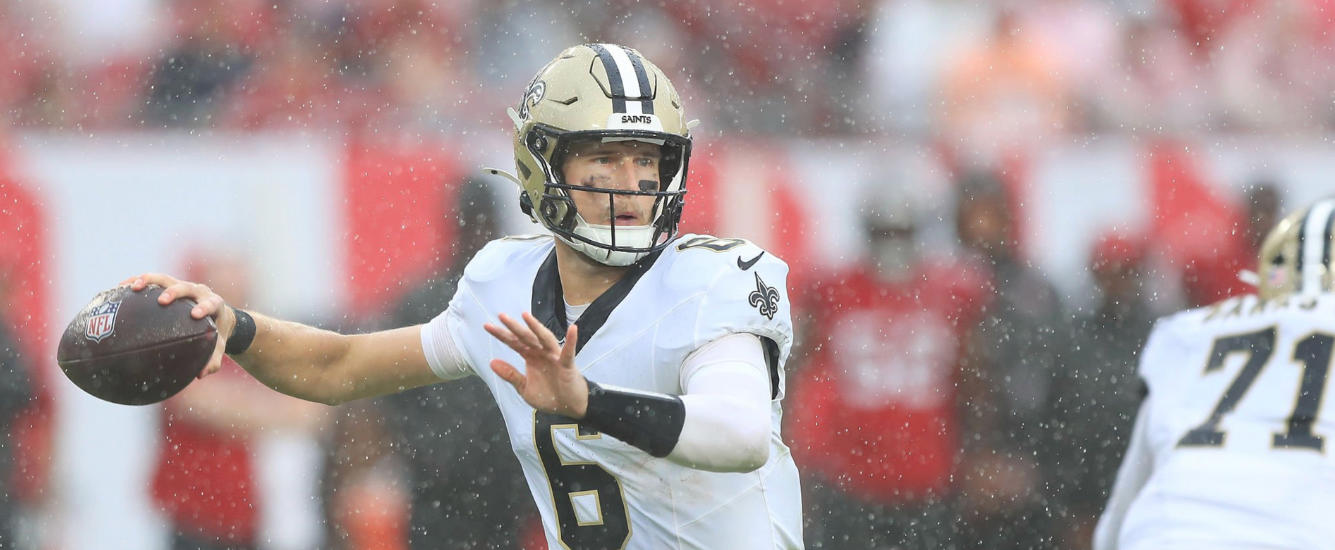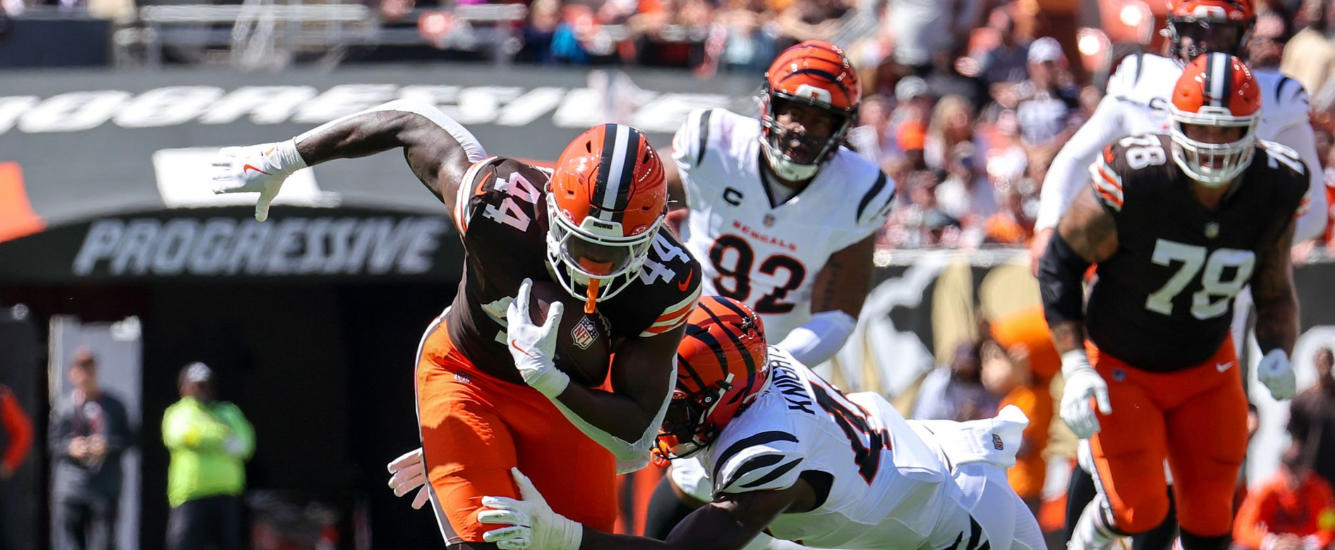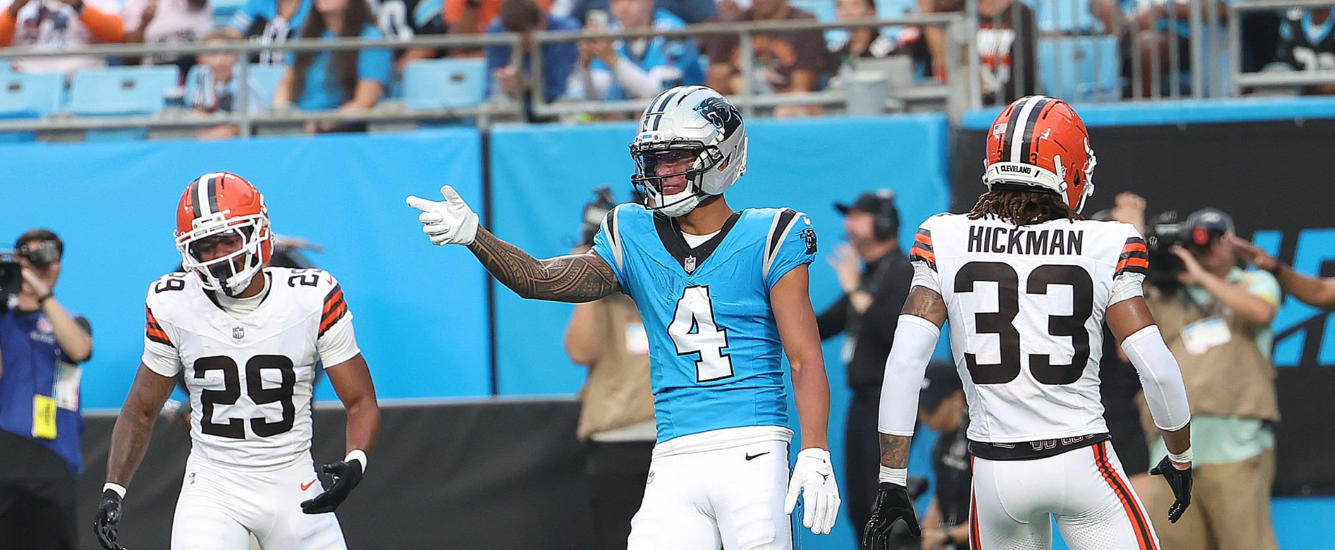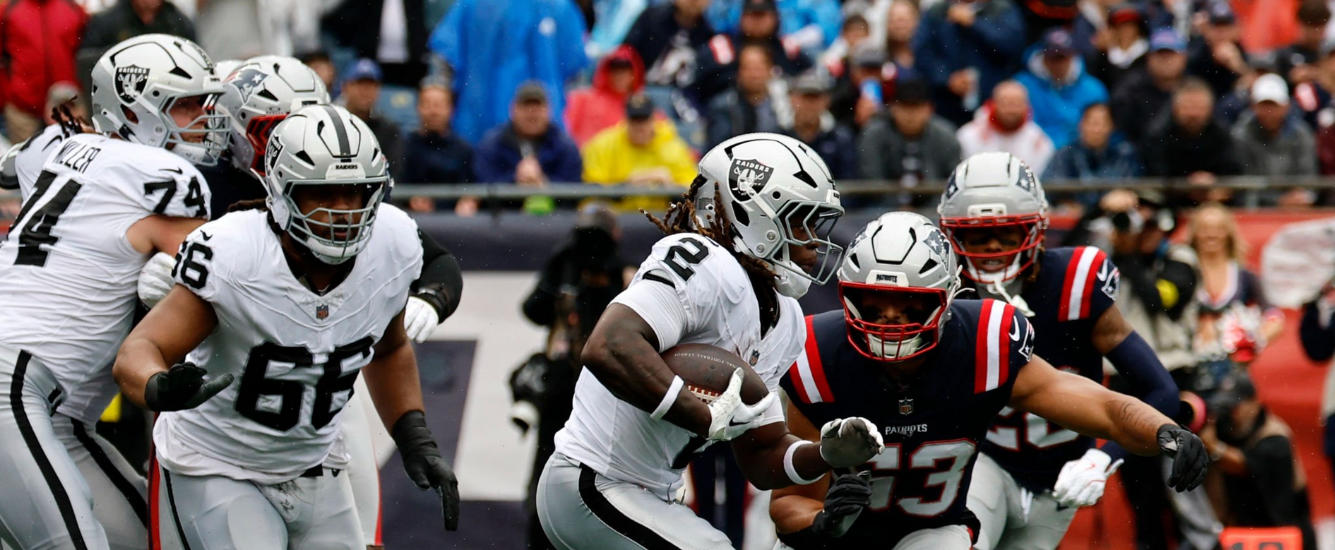As the 2023 Best Ball Mania IV (BBM4) regular season winds down I’m beginning to think about the lessons that we’ll learn from this season. It’s easy enough to look at the performance of various roster constructions and assume that 2024’s average draft position (ADP) will be influenced by those. We’ll likely see even more emphasis on “zero RB” and “hero RB” structures. Elite quarterbacks will find themselves pushed up even higher. Rookie tight ends may see some additional interest. Those things are all pretty rudimentary reactions to what has happened, though.
Best ball as a format is more popular than ever, but I still have a feeling that we don’t fully understand the unique dynamics of best ball when compared to a managed league. If we set aside the aspects that are unique to large-field tournaments (playoff correlation, uniqueness, late-season emphasis, etc.) I still think there’s a gap in understanding how the scoring system rewards various scoring distributions. I’m usually a pretty strict “market truther” in that I believe that ADP is about as good as any individual ranking on average. However, as the 2023 regular season comes to a close, I’m beginning to question whether ADP accurately reflects the range of outcomes of each player in a best ball format.
IS SEASON-LONG UPSIDE PRICED CORRECTLY IN BEST BALL?
Specifically, I think it’s possible that best ball drafters are valuing season-long “upside” too highly. When I say upside, I’m loosely defining it as the likelihood to massively outperform draft position. I think there’s some carryover thinking from managed formats where upside is king to best ball. I don’t want to dive into the mechanics of best ball vs. managed too much right now (we’ll go there in the offseason) but one way to think about this is that in managed leagues you start eight or 10 players or whatever your league settings are each week. However, in best ball leagues you “start” your entire roster each week. Obviously you won’t use the scores from every player, but they’re all eligible. I think this might amplify the impact of drafting massive underperformers while swinging for the upside-laden fences.
Today I’m going to explore this theory at a high level through a special BBM4 advance rate review. I’ll be splitting players up by position and using cohorts (rookie, sophomore, veteran) as a proxy for general upside. While it’s not always true, it’s often the case that rookies and sophomores are higher upside bets at cost than veterans. (At the very least, it’s true that rookies and sophomores carry more uncertainty, and thus have a wider range of projectable outcomes.)
Each visualization shows all players at a given position by their cohort and average advance rate. The red dashed line denotes an average advance rate of 16.67%. Cohorts with advance rates above the average are colored in green, cohorts below the average in red. I’ve adjusted the parameters to only include players who appeared on 10K or more BBM4 teams.




















